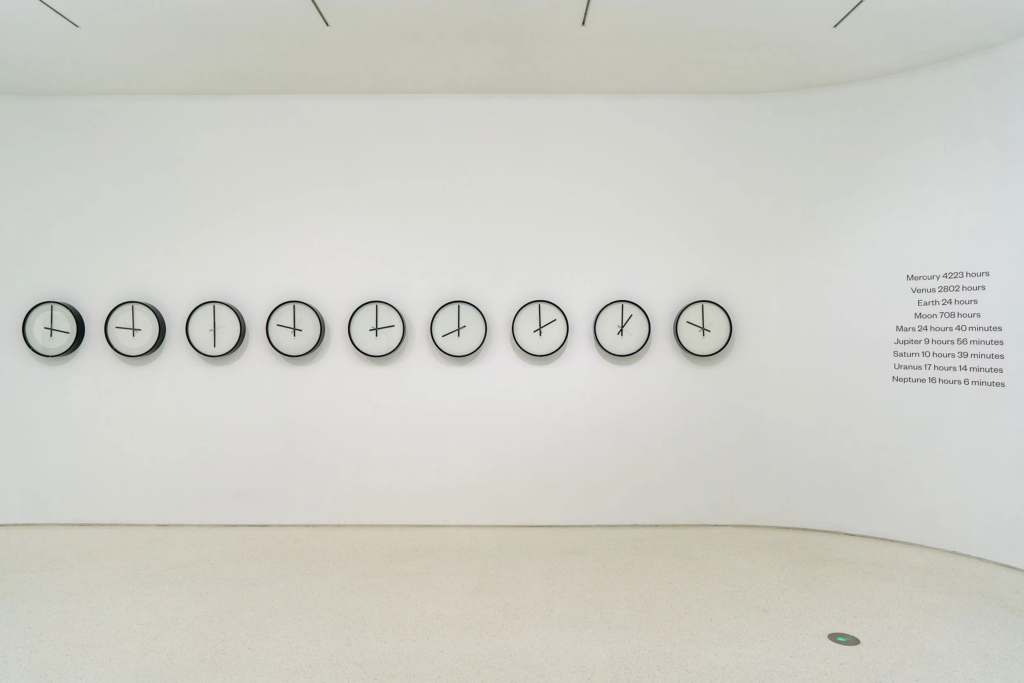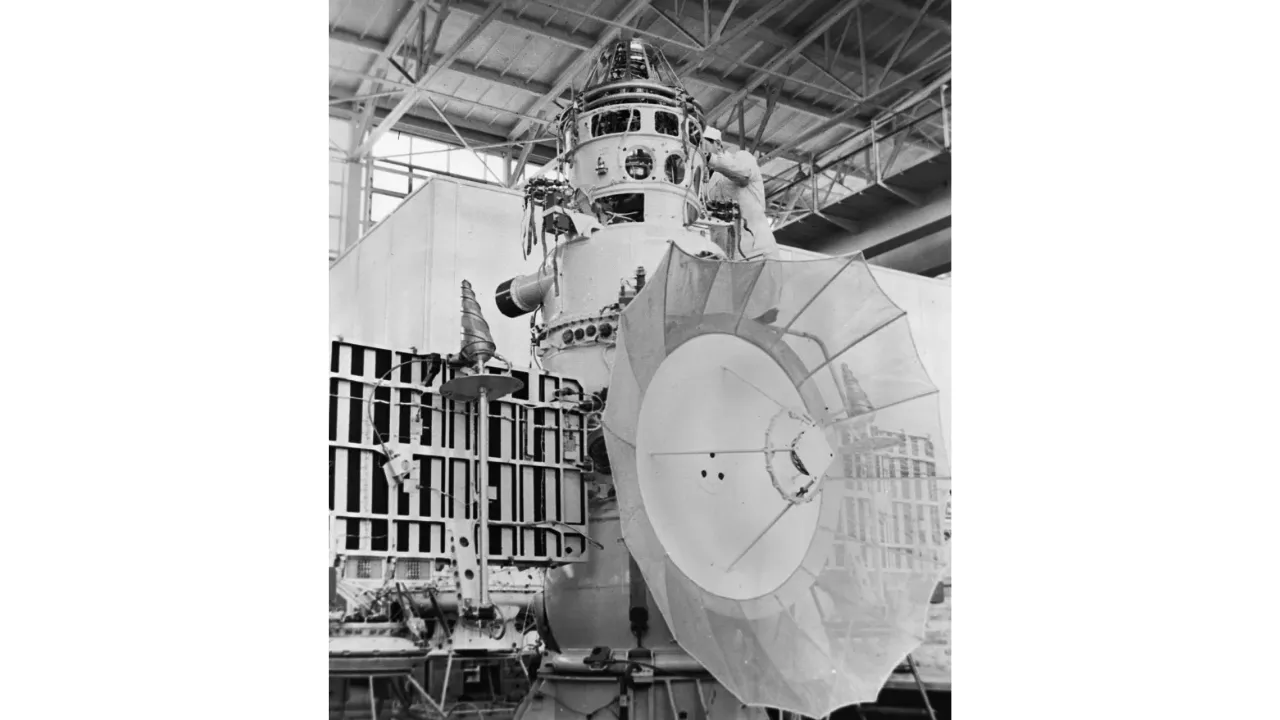🚀Soviet Spacecraft Cosmos 482 to Fall Back to Earth Uncontrolled
Launched by the Soviet Union in 1972 to reach Venus, the Cosmos 482 spacecraft failed its mission and remained stranded in Earth’s orbit. After 53 years, the spacecraft will finally re-enter Earth’s atmosphere uncontrolled. Experts predict it will enter the atmosphere between May 8-11, 2025, and fall at a speed of approximately 242 km/h. The exact landing location is still uncertain, but a wide area between 52 degrees North and South latitude is identified as a potential impact zone.
Cosmos 482 was designed to withstand extreme temperatures and pressures on Venus, so its landing module is expected to survive its re-entry and reach the Earth’s surface without burning up entirely. This raises safety concerns about space debris. Researchers expect that predictions regarding its trajectory and impact zone will become clearer as the re-entry date approaches. The most likely scenario is that the spacecraft will fall into the ocean, minimizing risks to land areas.
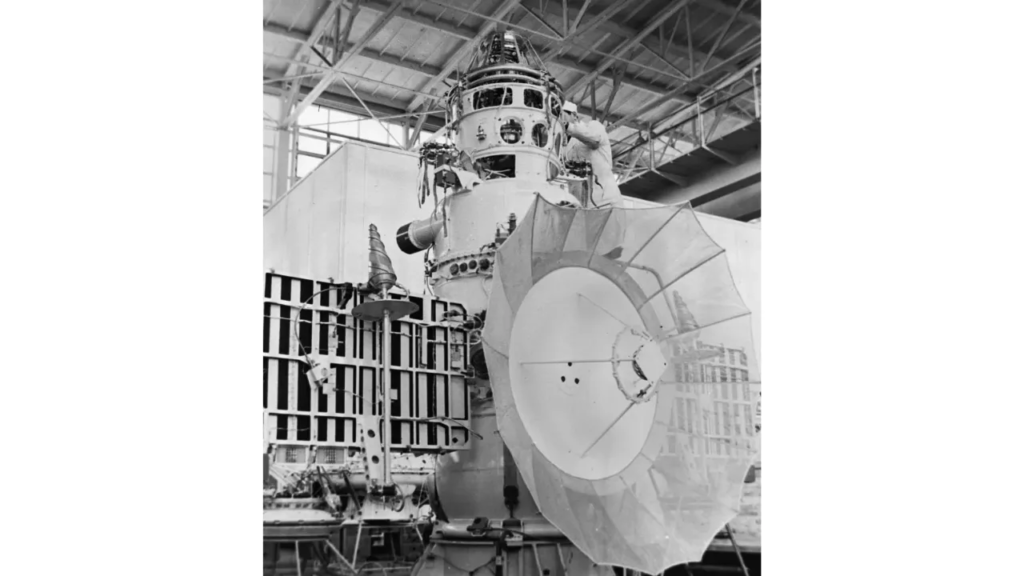
🌌NASA’s New Hope, the Roman Telescope, at Risk Due to Budget Cuts
NASA’s much-anticipated Nancy Grace Roman Space Telescope, often referred to as the “next James Webb,” is facing an unexpected threat. The proposed 50% budget cut under Donald Trump’s administration may completely halt the launch and operational process of the telescope. The Roman Telescope is designed to study the remnants of the Big Bang, the nature of black holes, and dark energy, aiming to provide groundbreaking insights into the expansion of the universe and its cosmological structure.
Although the construction of the Roman Telescope is nearly complete, significant funding is still needed to finalize its operational stages. Scientists emphasize that the hundreds of millions of dollars already invested and the technical progress made should not be wasted due to budget constraints. If the telescope is not launched, it could delay obtaining critical information about the fundamental building blocks of the universe for many years. The scientific community is preparing to increase public pressure to reverse the budget cuts.
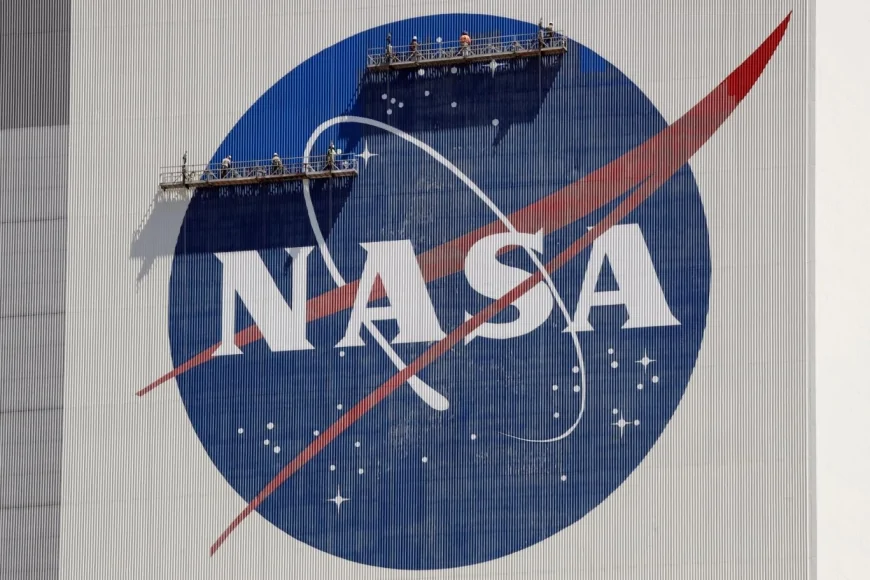
🛰️New Taikonaut Mission to China’s Tiangong Space Station: Shenzhou-20 Launched Successfully
China continues to make remarkable progress in space exploration. On April 24, 2025, the Shenzhou-20 spacecraft carrying taikonauts Chen Dong, Chen Congrui, and Wang Cie was successfully launched from the Jiuquan Satellite Launch Center in the Gobi Desert. The taikonauts will undertake a 6-month mission at the Tiangong Space Station, conducting various scientific experiments and performing maintenance operations. Chen Dong’s prior experience from previous missions plays a critical role in ensuring the success of this extended mission.
China’s Tiangong project aims to maintain a permanent human presence in orbit and to conduct independent space research. This mission marks a significant step in solidifying China’s position in the international space race, while showcasing technological advancements in human spaceflight. The taikonaut team will conduct experiments in fields such as biology, physics, and material science, while also testing the long-term habitability of the station.
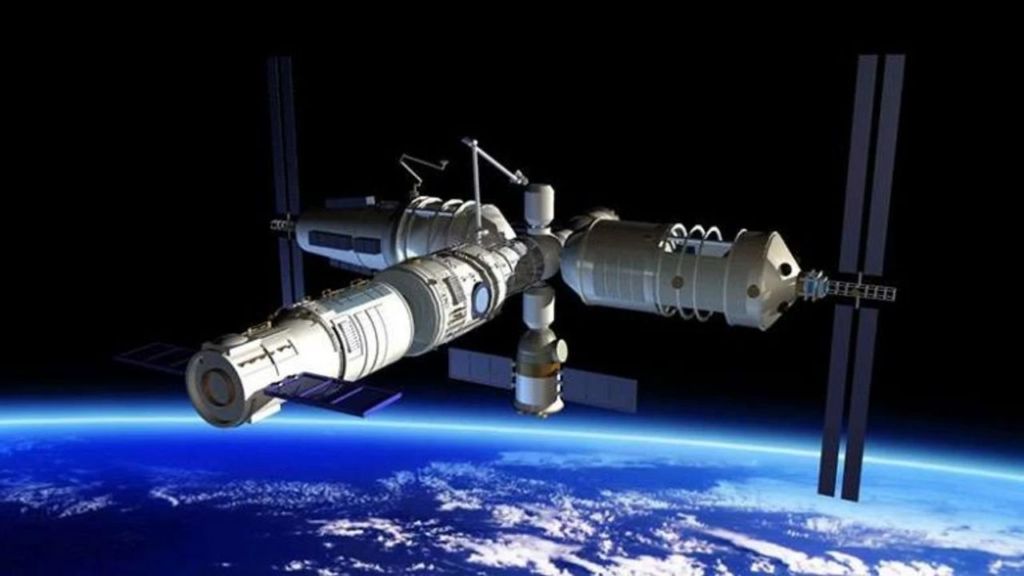
🎨 This Week’s Art Corner: Katie Paterson and the “Timepieces” Project
Scottish artist Katie Paterson is known for her unique projects that blend science and art. In her piece titled “Timepieces (Solar System),” she showcases the individual time systems of the eight planets and the Sun in the Solar System through artistic representation. In this project, each planet has a clock set according to its rotational period: for example, a day on Venus equals 243 Earth days, while a day on Jupiter lasts only 10 hours.
Paterson’s works are grounded in scientific data, but they also evoke an emotional connection, allowing viewers to experience the vastness of the universe and their own insignificance. “Timepieces” reminds us that there is no single “correct time” in the universe and demonstrates that time itself can be a unique and artistic experience.
If you’re interested in exploring the intersection of science and art this week, we highly recommend checking out Katie Paterson’s project: Katie Paterson – Time Pieces
